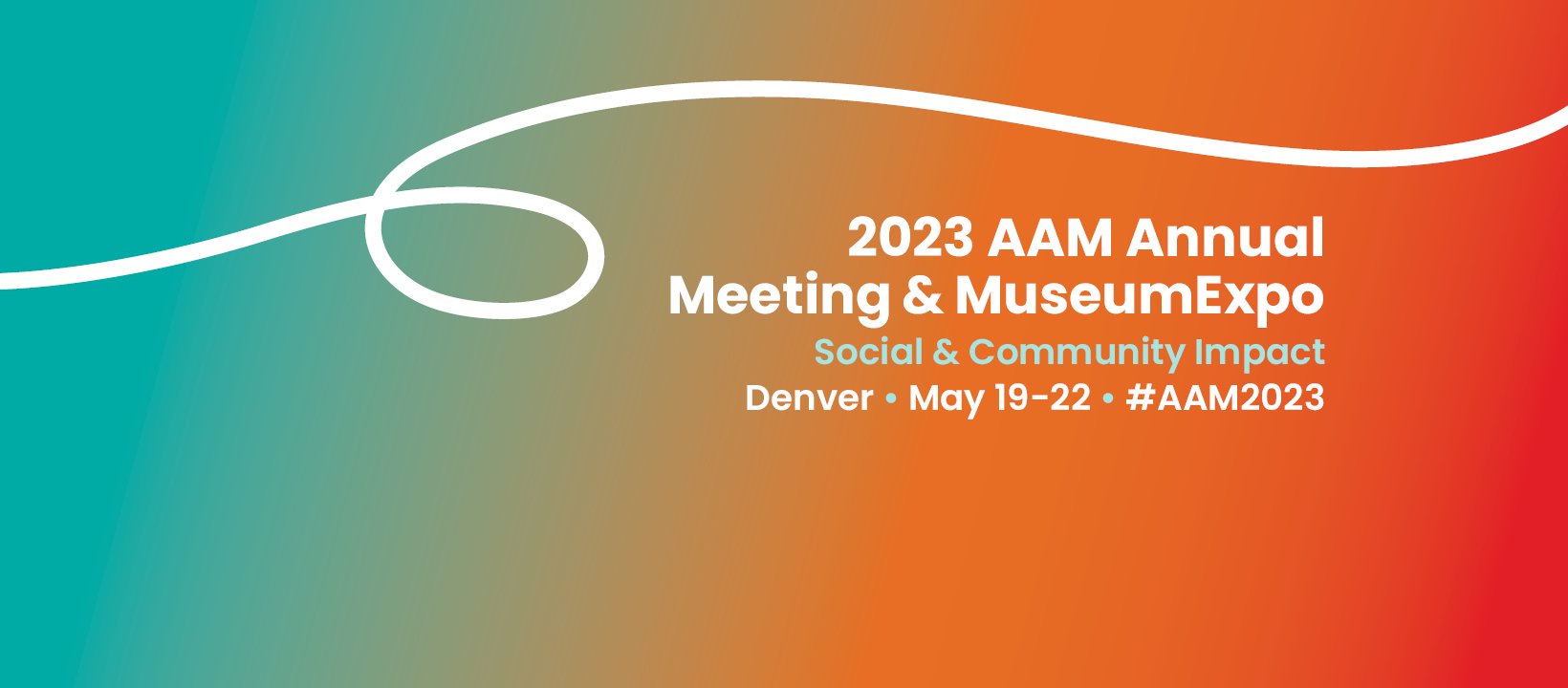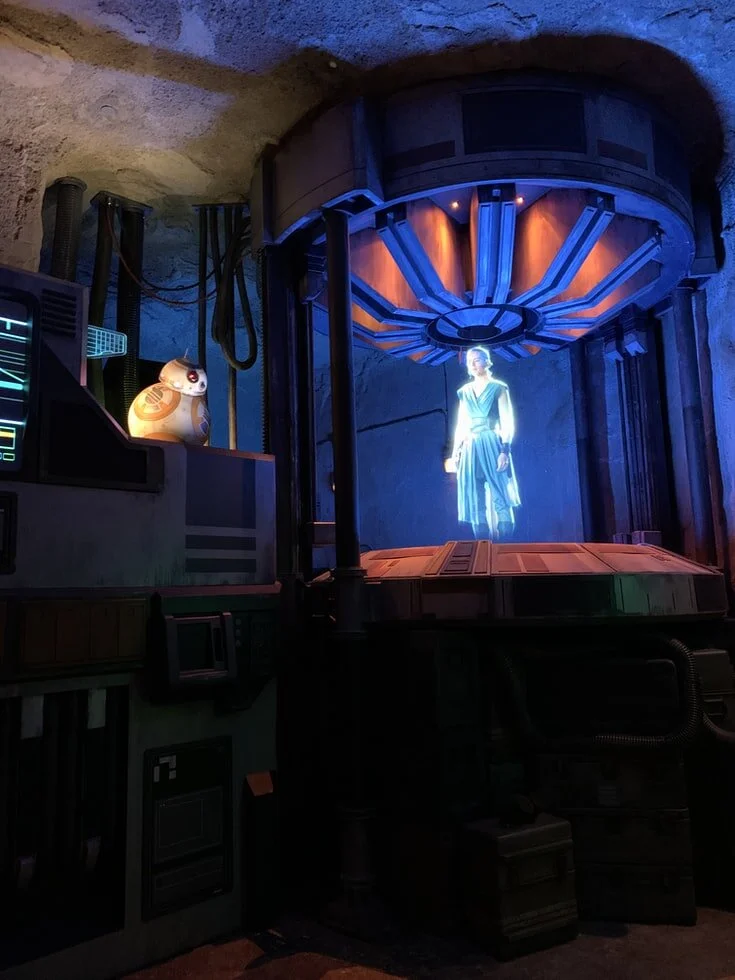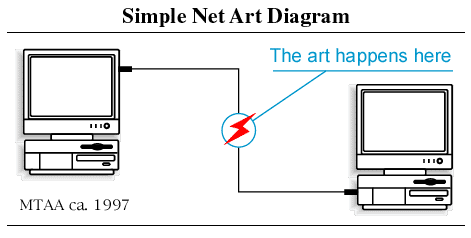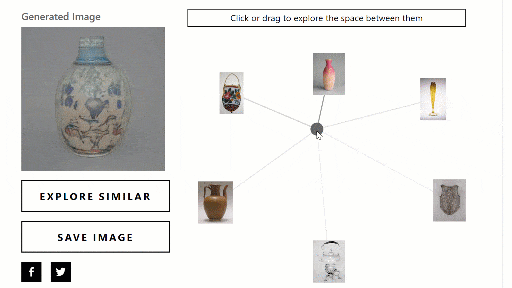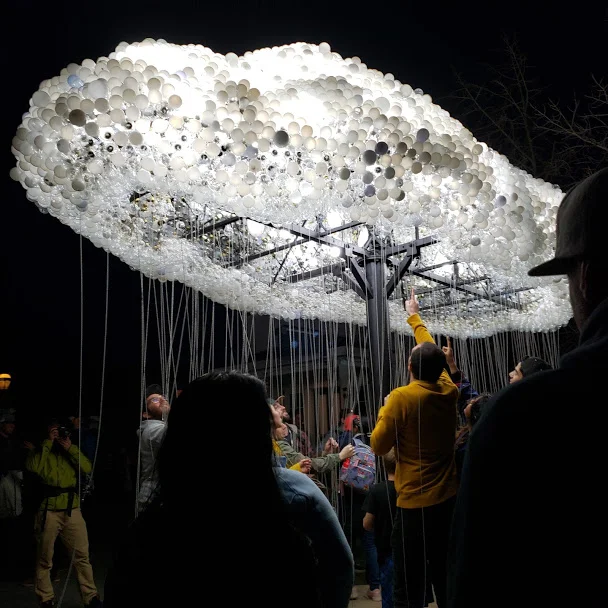Over the past decade, digital-based immersive and interactive art experiences have emerged as a popular trend in the art world. In the digital age, rapid technological advancements and continuous updates in digital equipment have revolutionized the art experience. This shift towards non-traditional, digital immersive, and interactive art forms has undoubtedly narrowed the gap between the audience and the art itself, offering a more intimate experience.
Climate Change: How Museums and Artists Are Changing The Narrative
Art serves various purposes, ranging from aesthetics, to therapeutic uses, to avenues for making powerful statements – including meaningful contributions to the conversation on climate change and climate advocacy. Here’s how some museums around the world are partnering with artists to use their voice surrounding climate advocacy through installations of art and technology.
American Alliance of Museums 2023 Conference Takeaways
2022 UX Design in Museums: How Are “Innovative” Exhibits Driving Attendance?
User Experience Designers in today’s world must discover new ways to evolve their work alongside the external challenges that they encounter. Since the Covid pandemic began, many museums have adapted their exhibits to be accessible online, allowing for continued traffic and artist exposure— from the living room couch rather than in person. How have levels of digital readiness compared to user experiences?
Holograms: Where Physics & Art Collide
“Help me Obi-Wan Kenobi. You’re my only hope.” The iconic opening scenes from the original Star Wars film, A New Hope, epitomize what we think of when we consider the word “hologram.” In the minds of science fiction fans everywhere, the hologram is a concept that evokes feelings of wonder at the possibilities for technological advances. Whether someone is a fan of science fiction or not, it can be agreed that holograms have had a distinct impact on the arts. Although they were not initially intended for anything other than scientific use, holograms made their way into the public’s imagination and conjured up ideas of the future of technological advances.
Net Art Part 2: Theories of Circulation and the Current Landscape
This is part two of a two-part series about the net art network. The first part covered its beginnings and ideological basis. This post will look at how net art has evolved and the present landscape, drawing on new media theories and current artists’ exhibitions. Once a place of utopian possibility, current net artists see the internet as a root cause of today’s social, political, and economic inequalities.
An Introduction to the Net Art Network: Part 1
With more critiques of large internet companies gaining traction, people are beginning to question the hegemonic nature of the internet and the power structures that exist on the web, both of which define net art as school of thought. It is the work of net artists to develop, critique, and re-imagine the development of human experience as it relates to and exists on the web. This post gives an overview of net art and two examples of early net artists.
Preserving AI-Powered Art as Time-Based Media and Computer-Based Art
As innovation with using artificial intelligence in art making continues, museums’ conservation practices must also evolve. Continuing my research on AI art preservation, this article will narrow down the subjects to AI-powered art since it deviates further from what traditional conservation practices apply to. Unlike static digital artworks printed on canvas, AI-powered art always has temporal attributes, presents constant variation through an algorithm, and relies on digital files and equipment that runs continually. Although current studies have not focused on AI-powered art, it is worthwhile to see how ideas and practices of digital art preservation—such as those at the Guggenheim—are transforming in ways that could help preserve AI art in the future. Since manufacturers' innovation will quickly outdate museums’ technology supporting such art and it will be hard to tell when the doomed obsoletion will happen, being proactive is essential.
Translating Events, Exhibitions, and Experiences into Digital Products
With the first two quarters of 2020 seeing visual arts spaces losing between 31-73% of revenue and 15-74% of full-time/contracted employees, various audiences, from artists to consumers have been turning to digital platforms to engage in cultural or entertainment offerings (Art Dealers Association of America). The range of these technological platforms and applications have been vast, with many interesting case studies to focus on. In this article, we will be focusing on how visual artists have used social media, video games, and other digital applications to capture audiences that they otherwise would not be able to access without technological means.
A general look on Artificial Intelligence used in Museum Audience Engagement
Recently, museums are utilizing Artificial Intelligence Technology to engage audiences and personalize visitor experiences. Before doing any further research, it is important to understand what the AI technologies are that are used for audience engagement. How are they implemented into museums? And are there any challenges or problems?
Summer Road Trip Series - BreckCreate's WAVE Festival: Breckenridge, Co
VR in Museums: Case Studies
White Paper Wednesday: Online Exhibitions
The Role of Technology in Museums
With tools like beacons, iPads, touch screens, and haptic interfaces, technology provides museumgoers with detailed information, customized viewing experiences, and precise location mapping services. However, the use of digital technology in museums is often seen as a double-edged sword, which begs the question: does technology really belong in museums?
Using Technology to Protect Artwork
Supporting Multi-Touch Functions
Multi-touch technology may be easy to use, but how it works is far more complex. While several technologies support multi-touch functions, museums may find that certain ones suit an exhibition’s needs better than others. Choosing the right multi-touch platform is the first step in creating an interactive and personal experience for visitors.
STEAM Learning at the Carnegie Science Center
Moving the conversation around public education from STEM (Science, Technology, Engineering, and Math) to STEAM (Science, Technology, Engineering, Arts, and Math) has long beleaguered arts managers and arts educators alike. Defending the argument for arts programming and arts education can be difficult in the face of shrinking school budgets and a highly competitive grant environment. Particularly in a country that increasingly favors the hard sciences above the humanities, cultural pursuits, and artistic studies. Despite gains at the federal level with the new core arts standards, the STEAM caucus, and the first budget increase for the National Endowment for the Arts in years, it is still easy to feel defeated. The question remains, what can arts leaders and community organizers do at the local level to push the conversation in a positive direction?
Redefining Boundaries at the Museum: Crowdsourced Exhibition at the Santa Cruz Museum of Art and History
Since December 19, 2014 the Santa Cruz Museum of Art and History has featured an exhibit of works relating to the ocean, with painting and sculptures by established artists alongside works by local residents. The exhibit includes a wide variety of art, ranging from professional artists’ works to two year-olds’ drawings. Everybody’s Ocean is a partially crowd-sourced and partially curated exhibition presenting everyone’s personal relationship with the sea.
How Museums Are Dealing With New Media Art: Part 2
In 2000 the Washington DC based Smithsonian American Museum of Art announced the creation of the New Media/New Century Award. The New Media/New Century Award became one of first projects to support new art created for the Web. The museum accepted proposals for original Web-based projects that explored the subject of American landscape, and how the new medium of Web art affected the American landscape as a subject.
Though the project is over 10 years old, it demonstrates the early and exceptional sensibility of the Smithsonian’s curators. They understood the growing relevance new media art and especially Web-art, and its impact not only on people’s everyday perceptions, but also on the art scene as a whole.
Health, Happiness and the Hospital Hallway: An Interactive LED Installation
At Great Ormond Street Hospital in London, a children’s hospital, designer Jason Bruges has installed an interactive exhibit that is truly on a child’s level. Bruges embedded 70 LED panels comprised of 72,000 LED lights in the walls of a long hallway leading to an operating theater where young patients undergo anesthesia and then surgery. On the walls, Bruges applied custom-designed, graphic wallpaper. The display is called ‘Nature Trail’ and animates different scenes and animals from nature using light patterns.







